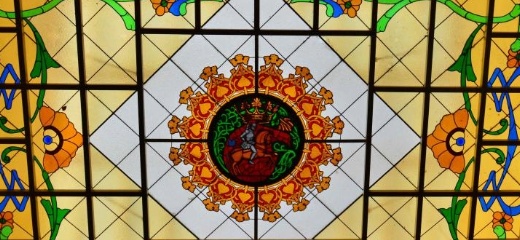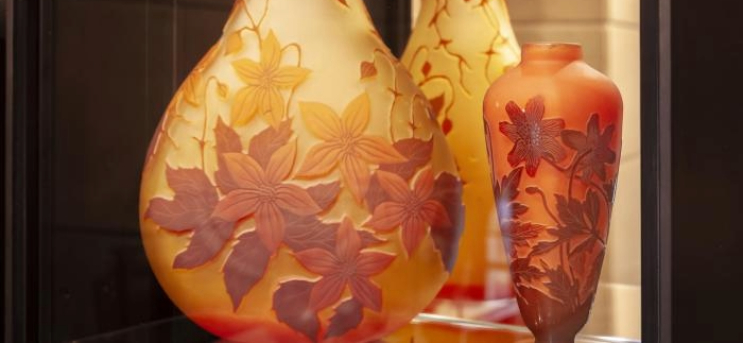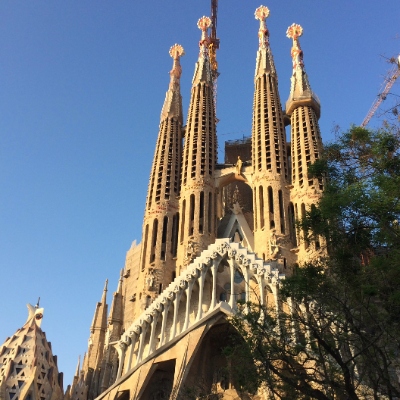The building of the Círculo Oscense, also called Casino de Huesca was built at the beginning of the 20th century and is one of the most significant works made in Huesca at that time. Commissioned the project to the Catalan architect Ildefons Bonells in 1901 and completed by Ignacio Cano in 1905, is the best example of Art Nouveau architecture in this city. Huesca is the capital of one of the Spanish provinces and has around 52.000 inhabitants.
Art Nouveau was born in 1893 and was diluted in 1915. The modernists believed in the democratization of art until its latest updates, in the fulfillment of all areas, from a poster announcer to a building inside and outside, and, of course, his idea was to reach the totality of the society.
This movement focused on handcraft artists, at the time of industrialization, but also incorporated some production processes. Beyond the graet investrment in artisan work hours, the materials used, such as wood, steel and glass, meant increasing costs in time and money.
To be able to have a contrast at the moment, stands out the building of the Bank of Spain, which has nothing to do with the Casino, as it is from the same period. In nearby Teruel or Zaragoza, the other two capital of province in Aragón, there are numerous examples of Art Nouveau buildings, but not in Huesca.
In the past there was another building on Avenida Monreal but it was demolished years ago. Also in Art Nouveau style there is a bridge (San Miguel bridge). It was built in 1912 in cast iron and reinforced concrete and is the first Spanish bridge of this type in which the articulated arch is used.
Modernism values aesthetics above all else. That is why he has worked in the conservation of the Casino in a rigorous manner.
The interior was conserved and recovered because it was the military hospital during the Civil War. From the painting to the stained glass windows, recovering even its original coat of arms from Huesca, passing through furniture or lamps. It has been very rigorous in the preservation, only the solids have been less fortunate.
If modernism created a new social and cultural dimension, the Oscense Circle was born with that spirit. His liberal zeal for the public, the success in joining the private club to the nascent idea of the house of culture, erected it at the epicenter of local life, appointment and meeting: receptions, parties, carnivals, banquets; exhibitions, conferences; language courses, reading, recitals, literary evenings; chess, billiards,etc.
This casino had a period of splendid development, with notable influence on the social life of the City during the first quarter of the XXth century. The economic resources were obtained comfortably with the contributions of the partners and with the benefits obtained by the game room. The prohibition of this one, supposed a sharp diminution of income, and, its activities diminished.
Find the latest Art Nouveau events, tours, and updates at artnouveau.club. If you have relevant information or an event, feel free to reach out at contact@artnouveau.club.







